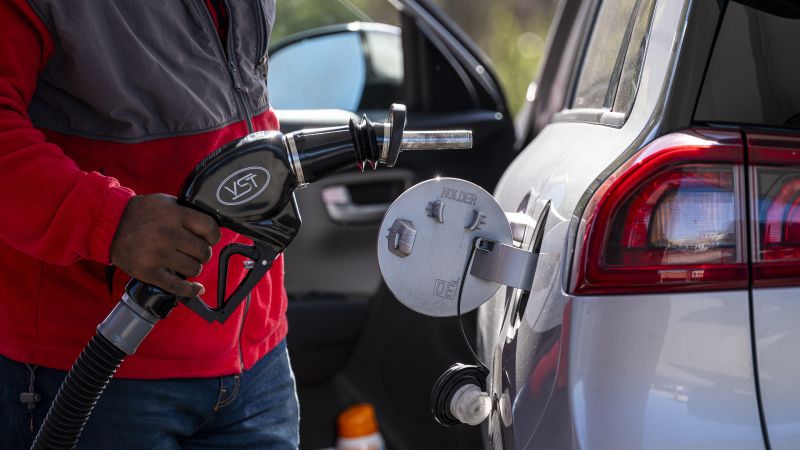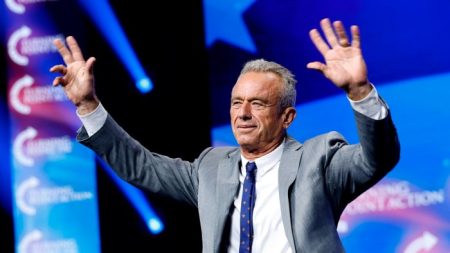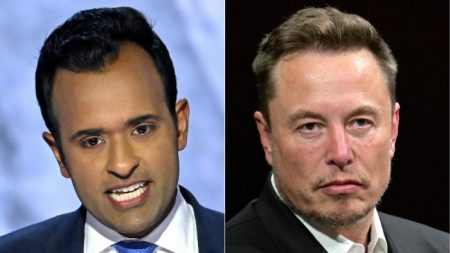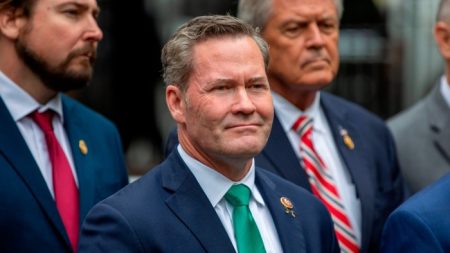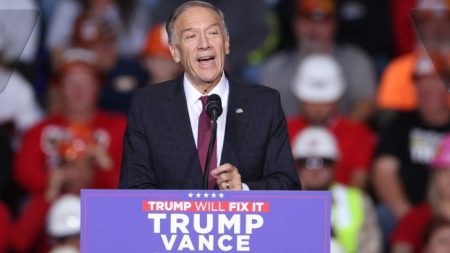The latest US inflation report showed that rising prices continue to weigh on American consumers.
The Federal Reserve’s preferred inflation gauge, the Personal Consumption Expenditures price index, was up 2.5% for the 12 months that ended in February, a faster pace than January’s 2.4% rise in prices. However, it was in line with FactSet consensus estimates.
Driving the increase in the annual inflation rate was a 2.3% jump last month in energy prices.
The Commerce Department data released Friday means the Fed is even further from achieving its goal of 2% inflation. But Fed Chair Jerome Powell wasn’t fretting about it.
The data was “pretty much in line with our expectations,” Powell said Friday at an event hosted by the San Francisco Fed. He added that it’s generally good when data aligns with the central bank’s forecasts.
The report also contained some welcome news.
Central bankers will likely take some solace in the core PCE index that excludes energy and food. That index slowed slightly to 2.8% from the 2.9% annual rate seen in January. And, on a monthly basis, it slowed to 0.3% from 0.5% in January. Both core inflation measures were in line with expectations.
Another bright spot was the 0.3% overall monthly pace of price increases, a slight drop from 0.4% in January. That was below what economists polled by FactSet forecast.
At 0.5%, the monthly rise in the price of goods outpaced the 0.3% rise in the price of services. That’s significant because service-side inflation has been a huge driver of overall inflation in the economy for the past two years.
The Fed’s historic rate increases that pushed interest rates to a 23-year high have had a limited effect on containing increases in the price of services. That’s because those price increases have been stemming from labor shortages, and to attract more workers employers have had to raise wages. In turn, that’s caused them to also raise prices.
Although recent economic data has pointed to a slowdown in consumer spending, Friday’s PCE data showed the opposite effect.
Consumer spending accelerated by 0.8% last month from 0.2% in January. That’s the biggest monthly rise in over a year.
While consumer spending is the main economic engine of the US economy, the run-up may not be something to celebrate right now.
“This underscores that consumers have overextended themselves and have essentially drawdown all of the $2.1 trillion in pandemic-related savings,” Nationwide chief economist Kathy Bostjancic said in a note on Friday. That’s evidenced by credit card debt, which is at a record high.
“As long as employment growth remains strong, it can underpin solid spending, however, consumers overall are not prepared for a weakening in the labor market should it unfold,” she said.
The latest inflation data is unlikely to shift the Fed’s plans for eventually cutting interest rates.
Central bankers including Powell have signaled that achieving 2% inflation will be a bumpy path.
Fed Gov. Christopher Waller emphasized that in a speech he gave earlier this week titled “There’s Still No Rush.”
Recent inflation readings, he said, tell him that “it is prudent to hold this rate at its current restrictive stance perhaps for longer than previously thought to help keep inflation on a sustainable trajectory toward 2%.”
Fed officials continued to pencil in three rate cuts this year. Investors anticipate the first of those three will come in June.
Read the full article here





